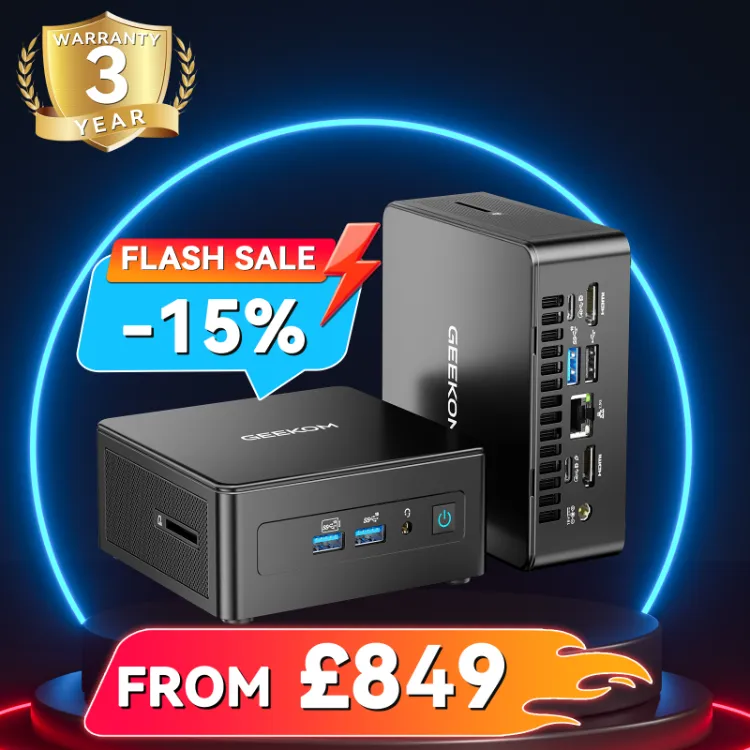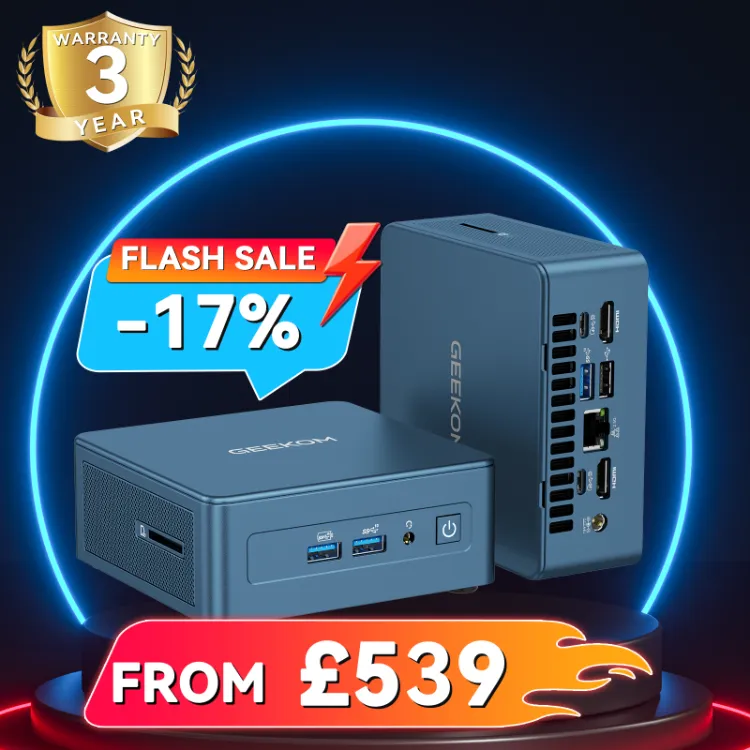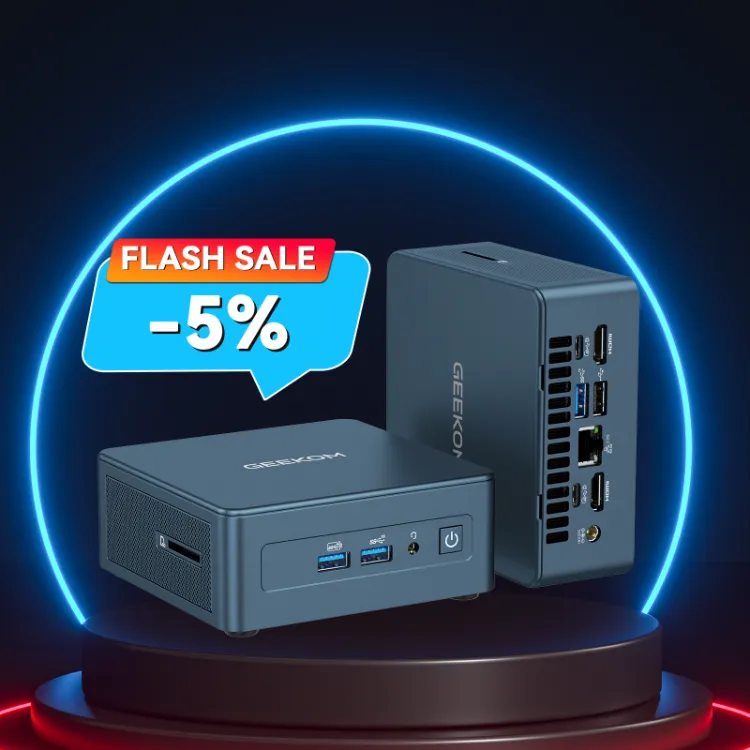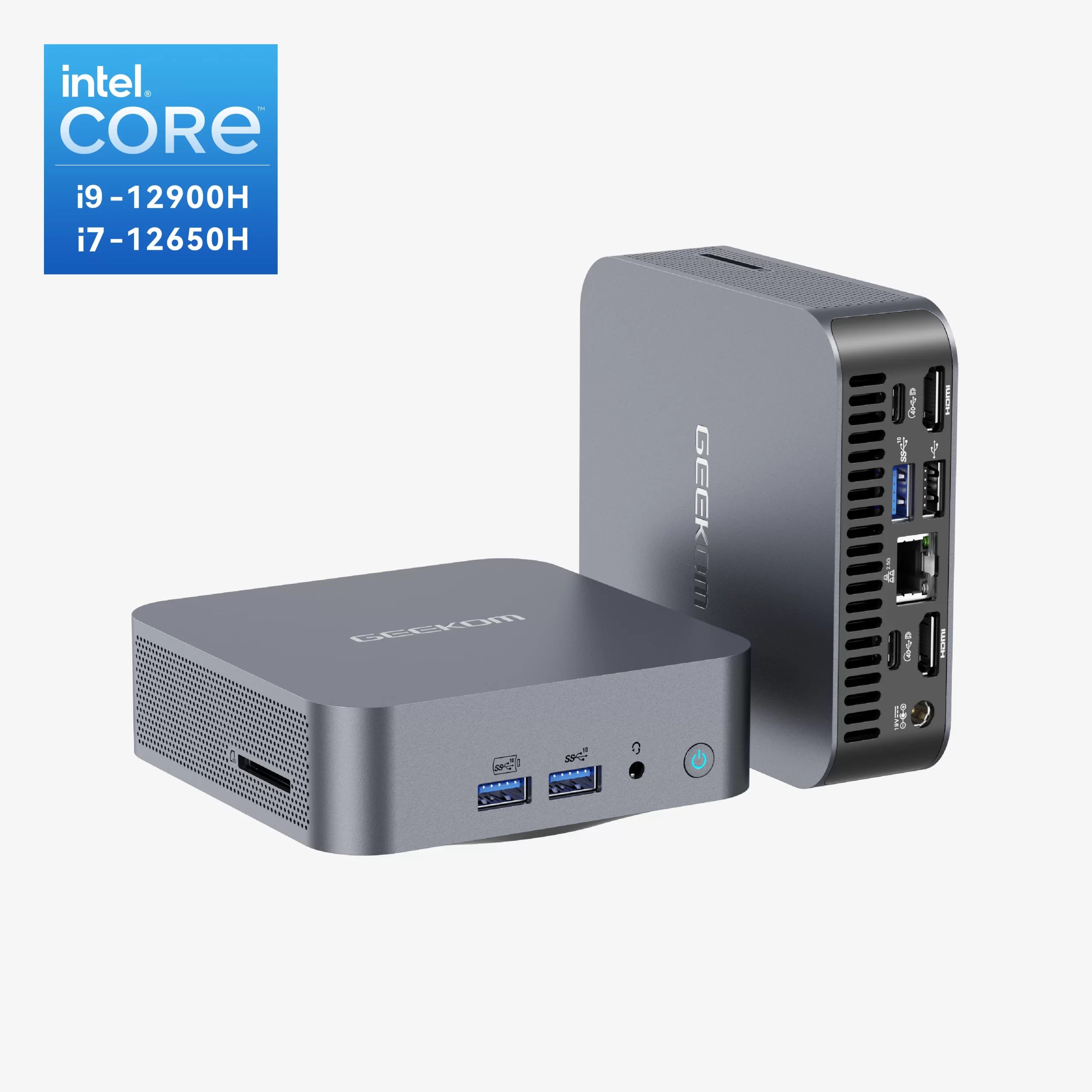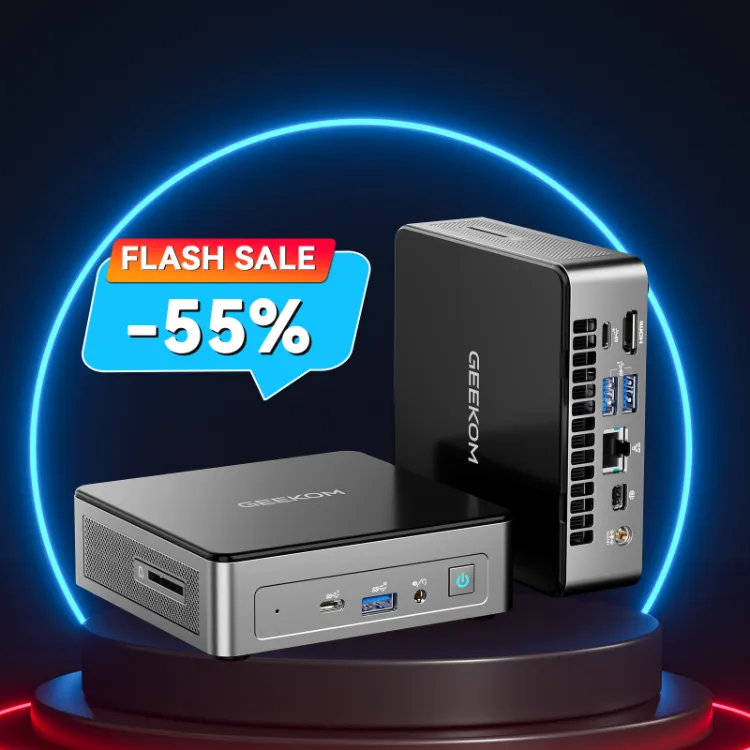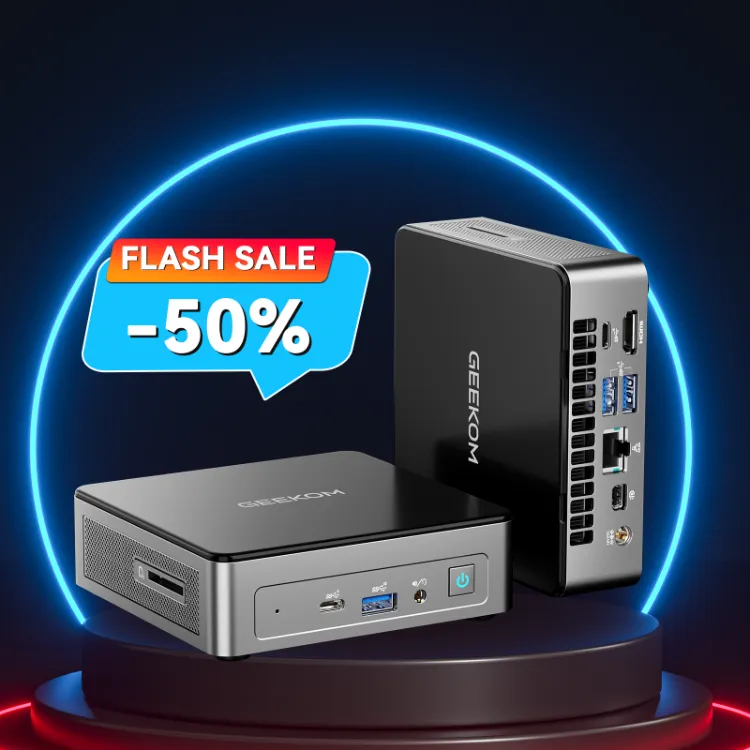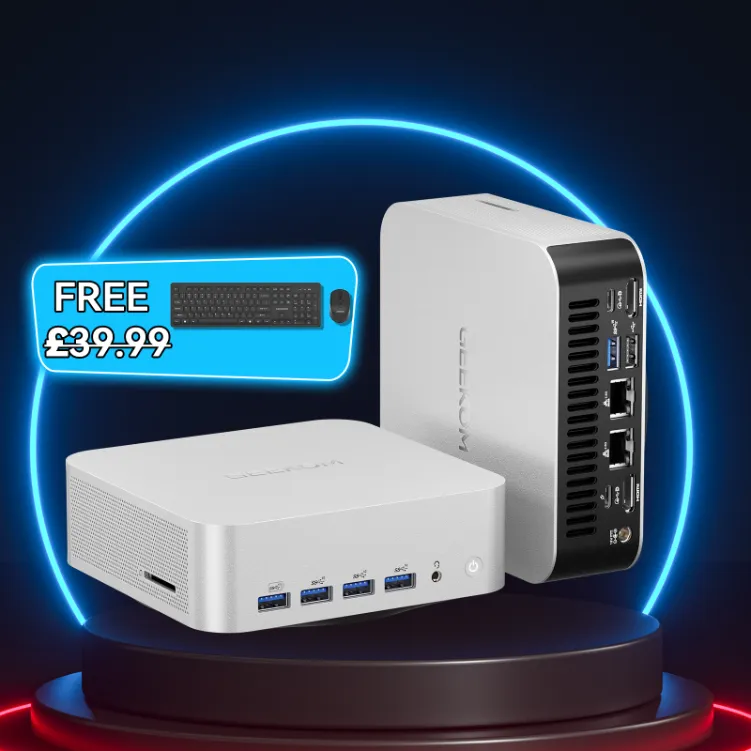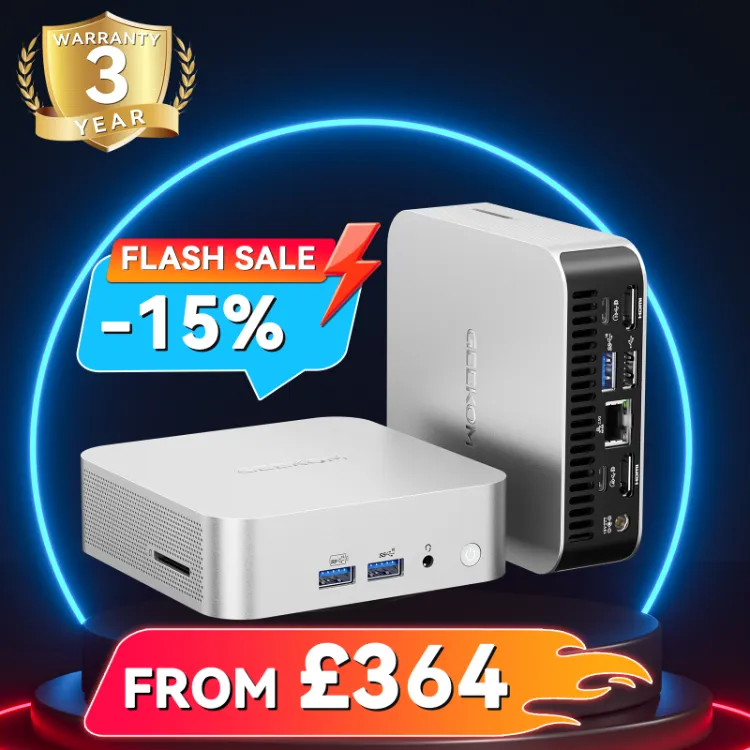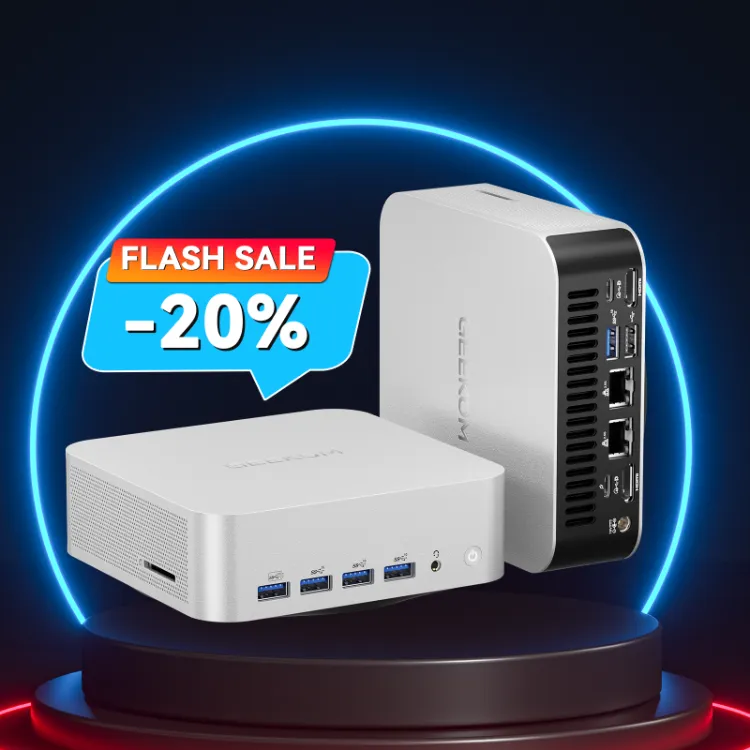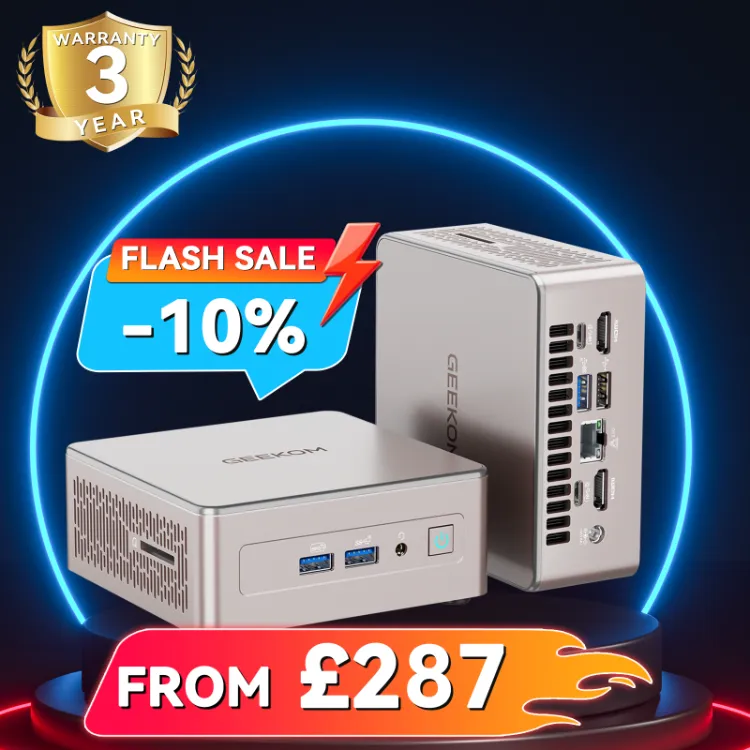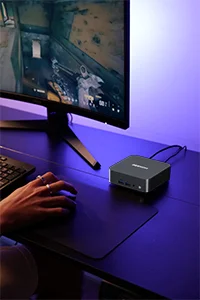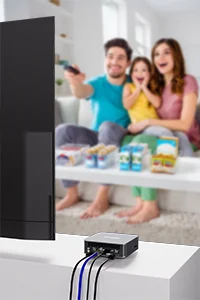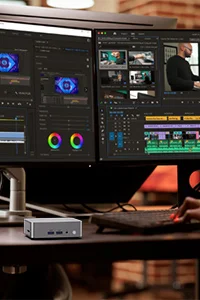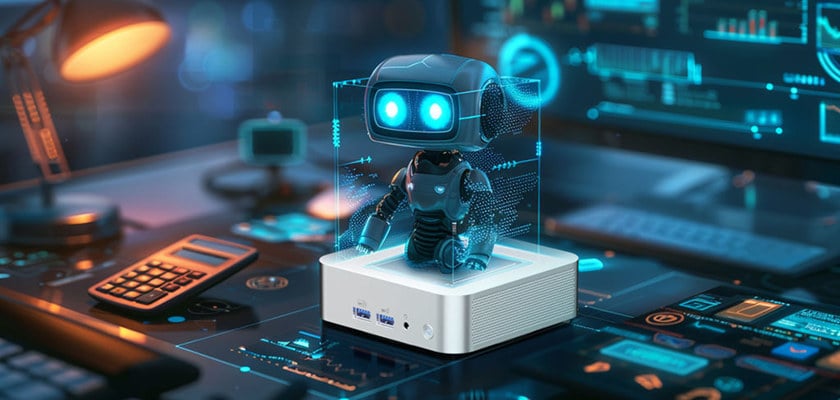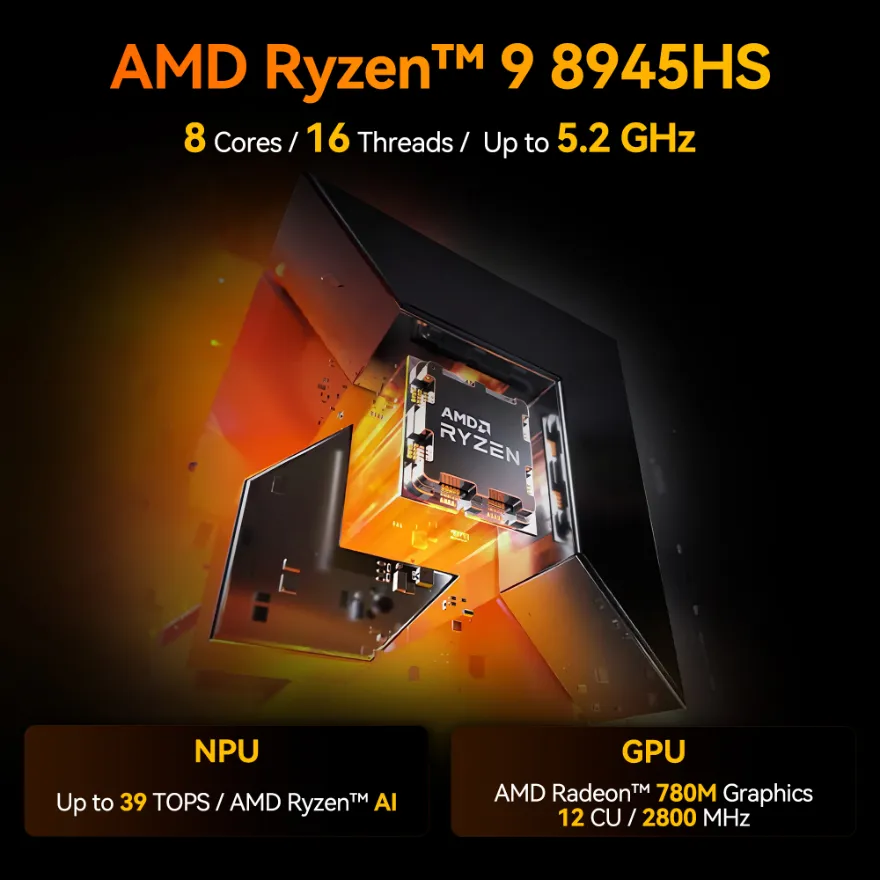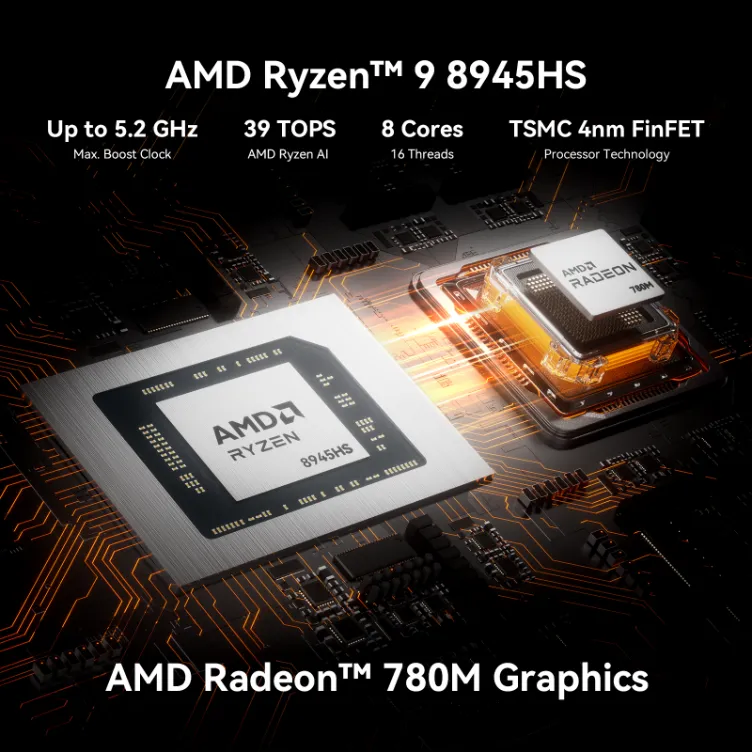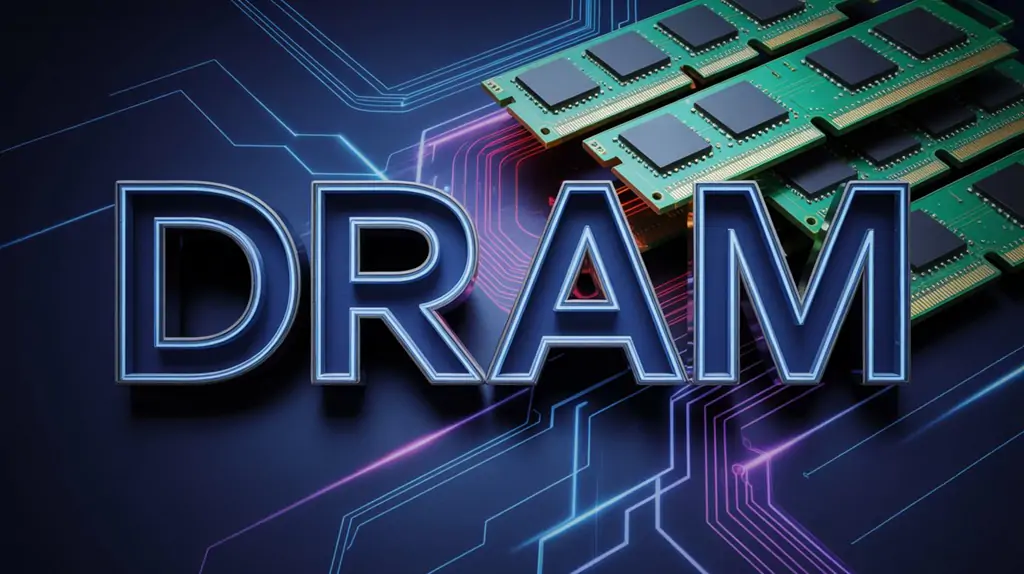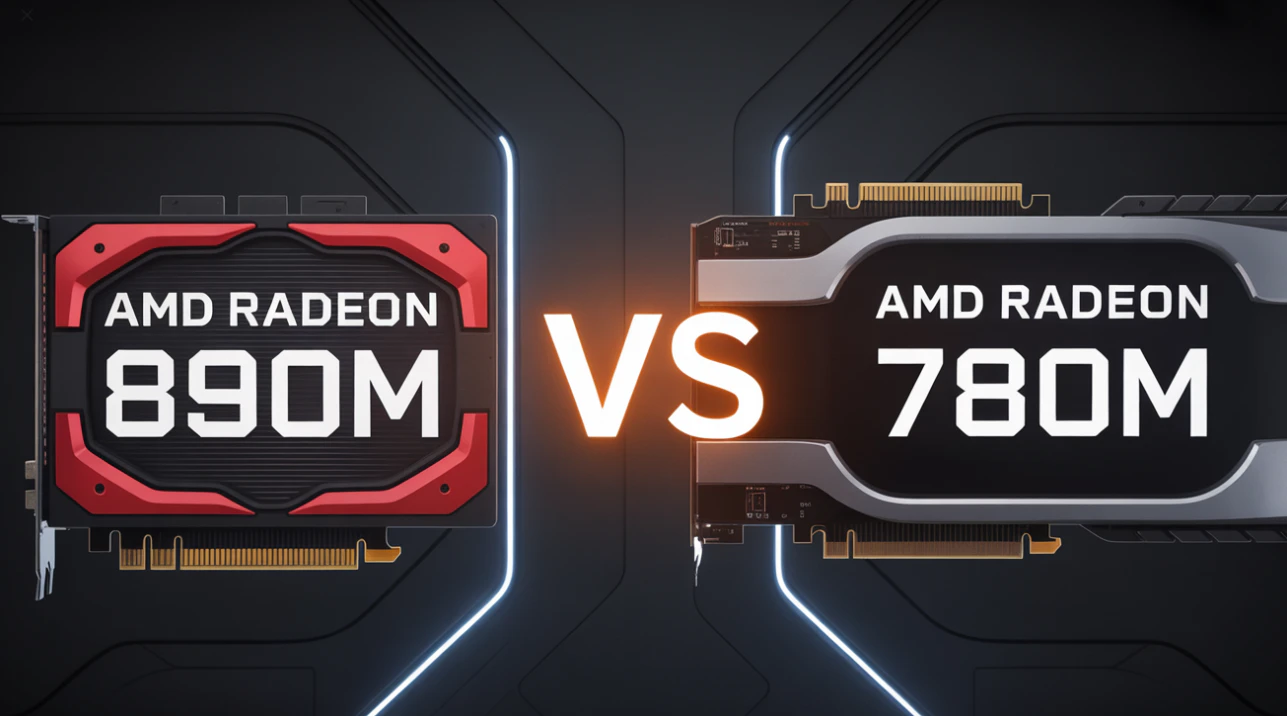Let’s be honest. Whether for everyday tasks or as support at work, AI assistants and generative AI have long been part of our daily lives – and our PCs simply can’t keep up. It’s time to switch to an AI PC. But what actually makes an AI PC?
Beyond standard hardware specifications, the TOPS value has established itself as the leading benchmark for new AI PCs. It provides reasonably reliable information about how powerful an AI chip is and saves you many hours of research. In this article, we’ll explain how AI TOPS works, which TOPS value is necessary for your use case, and which AI PCs you should consider when making a purchase.
What are AI TOPS?
Have you heard of AI TOPS but aren’t quite sure what it means? No problem, we’ll clarify.
“TOPS” stands for “Tera Operations Per Second” – or in other words: how many operations per second in trillions a chip can perform. Important to note: the term “AI TOPS” refers explicitly to AI chips, that is, computer chips that rely on Artificial Intelligence (AI). The hardware components that deliver this performance are NPUs, CPUs and, to a lesser extent, GPUs.
The use of AI TOPS has gained enormous popularity in measuring NPU performance. The reason for this is simple. The specification of AI TOPS provides an easily understandable value that allows comparison between individual solutions, regardless of the processor and architecture of each solution. At the same time, however, the generalisation of NPU performance has its pitfalls. AI TOPS, for instance, doesn’t account for the quality of the operations performed.
In short: AI TOPS is a generalised metric for the performance of AI chips. The higher the AI TOPS value, the faster the AI chip.
Understanding Different AI TOPS Performance Levels
To categorise chips by their performance, they’re typically divided into three different performance tiers: entry-level, mid-range, and high-end. Below, we’ll explain in more detail which AI TOPS values each class includes and which use cases they’re suitable for:
Comparison of Devices with Different TOPS Values
When talking about an entry-level AI chip, it has an AI TOPS of 8 to 15. These are typically older AI chips or budget-friendly entry-level models. Unless you’re using your AI chip for professional purposes or intensive creative tasks, an entry-level chip should be sufficient.
In the mid-range, you’ll find chips with computing power of 15-40 TOPS. This category includes many of the flagship models from the past two years. These chips are already suitable for more demanding AI tasks but now lag considerably behind the latest flagships. These, with 40 TOPS and virtually unlimited potential upwards, are suitable not only for demanding AI tasks but also for massive data centre applications, such as LLM optimisation.
Here’s an overview of common TOPS values and their respective use cases:
Everyday Tasks
Enhanced Productivity
Professional Workloads
Application Scenarios Based on AI TOPS
Let’s now take a closer look at the impact of AI TOPS on the application scenarios of individual AI chips. Below, we’ll examine not only the primary target audience for each performance tier but also specific models and use cases:
Everyday Tasks (8-15 TOPS)
If you purchase a device with an AI chip of 8 to 15 TOPS, you’re in the so-called entry-level class.
Popular models from the entry-level class include Apple’s AI chips, such as the M1 Max and M1 Pro, both released in 2021 and reaching 11 TOPS. Also in this performance class is the Geekom GT1 Mega with the Intel® Core™ Ultra 9-185H, which likewise achieves 11 AI TOPS. AI PCs with performance of 8 to 15 TOPS are ideally suited for performing everyday AI tasks such as virtual assistants and basic photo editing.
Enhanced Productivity (15-40 TOPS)

When you enter the territory of 15-40 TOPS, you’re now in the mid-range. Many mid-range models are former high-end models that are now two to three years old.
A popular example of a mid-range AI chip is the AMD Ryzen 9 8945HS, which with 16 TOPS is used in the Geekom A8 and Geekom A8 Max, amongst others. Mid-range AI chips are suitable for enhanced productivity such as video editing with AI effects or video conferencing with advanced AI features.
Professional Workloads (40+ TOPS)
For professional workloads, you now need to venture well beyond the 40 TOPS boundary. Fortunately, the selection there is steadily growing. In 2025, it’s no longer surprising to find an AI chip with 40+ TOPS performance.
A well-known example of such a high-end chip is the AMD Ryzen AI Max series, in which four models achieve a TOPS value of 50. With this computing power, you can already engage smoothly in generative content creation and running local learning models.
You might also be interested in: AI Meets Ultra Performance: The AMD Ryzen AI Max+ 395 Revolution
AI PCs: The New Computer Generation
As you’ve probably already noticed, entry-level and mid-range AI chips are predominantly built into smartphones, whilst high-end AI chips are increasingly used for AI PCs. From this, you can conclude that an AI PC requires particularly high TOPS performance. But that’s only half the story:
What Defines a True AI Computer? NPU, RAM and Storage Solutions
If you’re looking for a suitable AI computer, you should be familiar with the differences between conventional PCs and their intelligent successors. The most important component of a true AI computer is its NPU (Neural Processing Unit), or AI accelerator. This relieves the CPU and GPU and helps execute so-called neural networks. In other words: it’s crucial for the ultra-high performance that AI tasks require.
Beyond that, the importance of memory (RAM) is becoming increasingly higher to ensure the speed of local AI models. Furthermore, a good AI PC relies on fast storage solutions and high-quality CPUs and GPUs. At the same time, an AI-optimised hardware stack depends on the appropriate software solutions to successfully and efficiently run local AI models.
Mini PCs as Perfect AI Computers: Compact Yet Powerful
The trend towards AI PCs isn’t the only trend recently emerging in the computer industry. Alongside AI-driven productivity, users are also increasingly opting for flexibility. New working models such as flexible working, flexitime and the home office make it clear: bulky desktop PCs are no longer sufficient. Fortunately, with increasingly powerful mini PCs, an exciting alternative has emerged.
Mini PCs, once a cost-effective but underpowered alternative to desktop PCs, have made immense progress in recent years and can now easily match traditional desktop PCs. Today, mini PCs are not only increasingly compact – and thus ideally suited for flexible working – but also increasingly powerful. There are now AI PCs that can deliver well over 40 TOPS performance. Impressive, isn’t it?
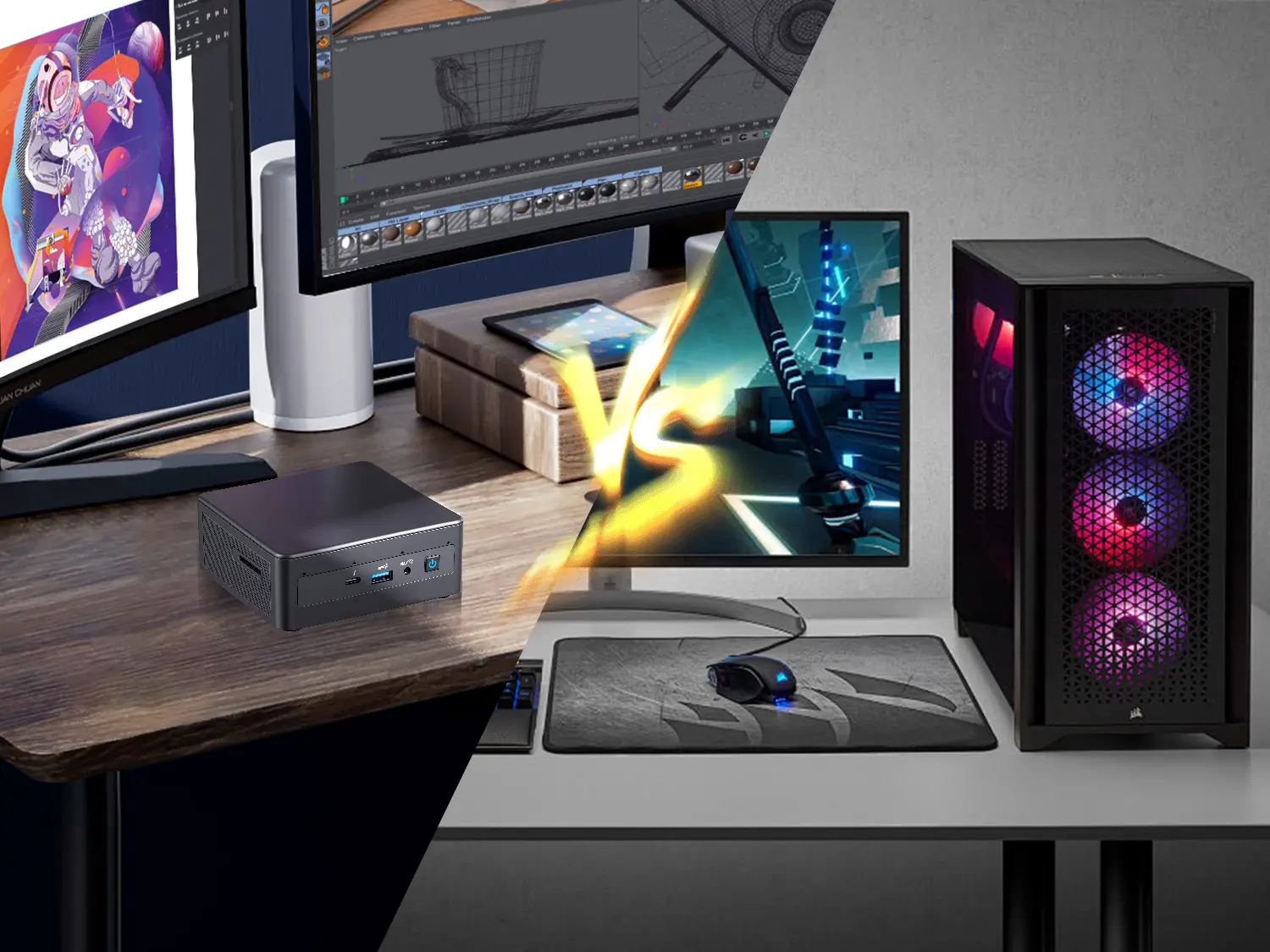
GEEKOM Mini PCs as AI Powerhouses: Performance Spectrum and Optimal Selection
If you’re looking for an AI-capable mini PC, you shouldn’t overlook GEEKOM. The Taiwanese PC manufacturer GEEKOM impresses with a wide range of compact yet powerful mini PCs. Recently, GEEKOM has also leant into the emerging AI chip market. These are your optimal GEEKOM AI models that you should have on your radar:
GEEKOM Mini AI PCs and Their TOPS Performance Values
From GEEKOM, there’s a suitable AI option from each class. Take, for instance, the GEEKOM GT1 Mega with an Intel® Core™ Ultra 9-185H and a TOPS performance of 11 TOPS, which ranks in the entry-level class.
Considerably more powerful, meanwhile, is the GEEKOM A8, which ranks in the lower mid-range with an AMD R9-8945HS or R7-8745HS and 16 TOPS. GEEKOM’s current AI flagship, the GEEKOM A9 Max, on the other hand, impresses with a whopping 50 TOPS based on the AMD Ryzen™ AI 9 HX 370. This makes the mini PC not only particularly powerful but also the price-performance champion of all mini PCs with the AMD Ryzen™ AI 9 HX 370.
GEEKOM A9 Max AI Mini PC
- AMD Ryzen™ AI 9 HX 370 | AMD Radeon™ 890M
- AI performance up to 80 TOPS total
- Dual-channel DDR5 RAM up to 128 GB | 2 × M.2 SSD (up to 8 TB) – 1× pre-installed, 1× available
- Dual 2.5G RJ45 LAN | Wi-Fi 7 | Bluetooth 5.4
- USB 4.0 (up to 40 Gbps, 8K video, fast charging), 2 × HDMI 2.1, 8 × USB, SD card reader, headphone jack
- Up to 4 monitors simultaneously, 8K support
- Windows 11 Pro pre-installed
The Right GEEKOM Mini AI PC for Every Use Case
Depending on your needs, different models from GEEKOM’s AI range are suitable for you. If you’re a home user who primarily uses AI assistants and basic photo editing, the GEEKOM GT1 Mega is already an excellent choice.
If you value creative work, that is: you use AI image and video editing, it makes sense to acquire the GEEKOM A8. As an AI-oriented company, it makes sense to opt for the GEEKOM flagship GEEKOM A9 Max. This even handles complex generative tasks and the execution of complex language models (LLMs).
Here’s an overview of the key performance specifications of the individual models:
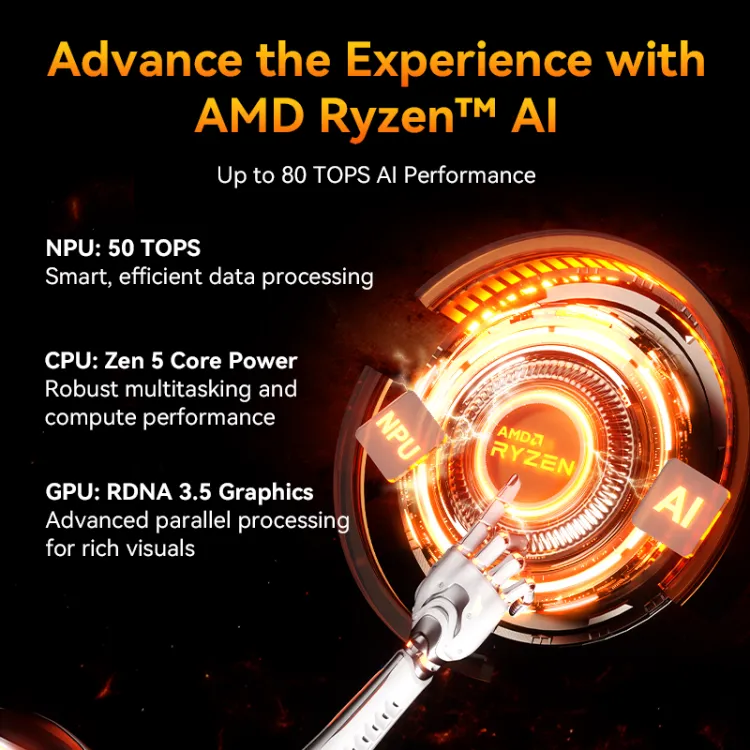
| Mini PC Model | Processor | NPU TOPS | Total TOPS | Price | Target audience |
| GEEKOM GT2 Mega | Intel® Core™ Ultra 9-185H | 11 | 13 | £749 | Home users |
| GEEKOM A8 Max | AMD R9-8945HS/R7-8745HS | 16 | 39 | £759 | Creative professionals |
| GEEKOM A9 Max | AMD Ryzen™ AI 9 HX 370 | 50 | 80 | £999 | AI-oriented businesses |
The Future: Evolution of TOPS in Mini PCs
Even though customers are still somewhat hesitant to purchase AI PCs, the market for the new AI sector is growing rapidly. By the end of this year, the share of AI-capable PCs in the overall PC market should reach 31%, according to Gartner. It’s no wonder, then, that AI PCs are getting better and better. A new benchmark for powerful AI PCs has recently been established at the lower limit of 40 TOPS. For comparison: GEEKOM’s current flagship, the GEEKOM A9 Max, performs excellently here with a whopping 50 TOPS.
But change is also evident on the consumer side. Whereas previously it was companies that dared to take the step towards Artificial Intelligence (AI), it’s now increasingly home users and creative professionals who are looking for the right AI PC. The change is welcomed by the industry but also creates new challenges.
The enormous performance of AI PCs generates more heat and power consumption. Cooling was already a concern for mini PCs in the past and will need to continue to evolve in the coming years. But GEEKOM is already well prepared for this. Because very soon, with the GEEKOM A9 Mega with over 50 TOPS, the next AI PC is in the starting blocks, which thanks to its IceBlast 5.0 cooling system maintains a cool head even under heavy operation. The new model isn’t yet available – stay tuned for the market launch of this powerful AI PC.
- AMD Ryzen™ AI Max+ 395 (16 cores / 32 threads)
- Radeon™ 8060S Graphics
- 126 TOPS AI performance
- Dual USB4 | Dual HDMI 2.1 | Dual 2.5 GbE LAN
- Up to 128 GB LPDDR5X 8000 MHz
- Dual M.2 PCIe 4.0 SSD (up to 8 TB)
- IceBlast 5.0 cooling system
- Fingerprint button
- Windows 11 Pro + Linux compatible
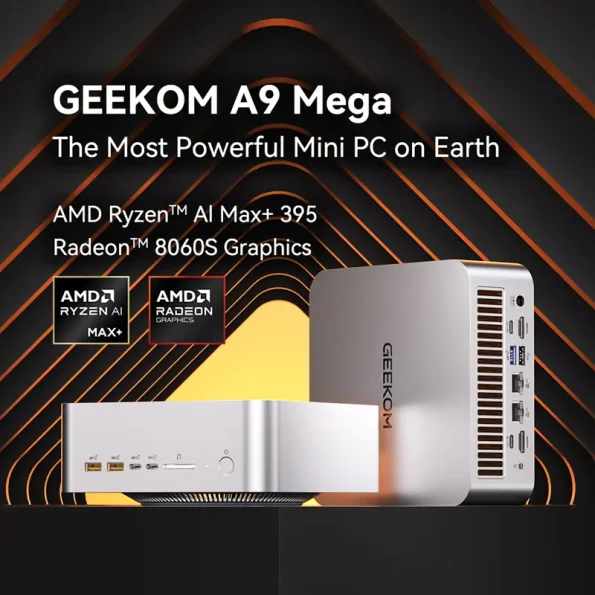
Conclusion: Choosing the Right TOPS Performance Tier
Even though it’s not the only or the best metric for AI PCs, the TOPS value is an easily understandable metric for those who want to buy an AI-capable PC without getting lost in countless technical details. Home users are already well served with up to 15 TOPS; creative minds should look for a solution between 15 and 40 TOPS; whilst AI-oriented businesses should look beyond the 40 TOPS boundary.
For a powerful yet compact solution, we recommend purchasing a GEEKOM mini PC. Mini PCs are now much more than cheap desktop alternatives and cover your AI needs with ease. Are you a casual user? Buy the GEEKOM GT1 Mega. Are you a creative mind? The GEEKOM A8 is your choice. Looking for a scalable business solution? Consider the GEEKOM A9 Max or even the GEEKOM A9 Mega.


